1. Cowboy Culture is Celebrated in Music

Country and Western music remains a key pillar of cowboy culture, telling stories of life on the range, love, and loss. Artists like Johnny Cash, Willie Nelson, and Dolly Parton paved the way for a genre that celebrates the rugged, independent spirit of the cowboy. Even today, country music continues to reflect the values of hard work, perseverance, and loyalty that are synonymous with cowboy life. Popular songs and ballads still narrate the trials and triumphs of those living in rural America, according to the Library of Congress.
The popularity of country music festivals also brings together like-minded individuals who embrace the cowboy lifestyle. These festivals often feature line dancing, live bands, and rodeo performances, keeping the cowboy spirit alive. Younger generations, through artists like Luke Combs or Kacey Musgraves, continue to contribute to the genre, ensuring that the cowboy way of life is passed down. Music, as always, is a powerful tool for cultural preservation.
2. Rodeos Keep the Tradition Thriving
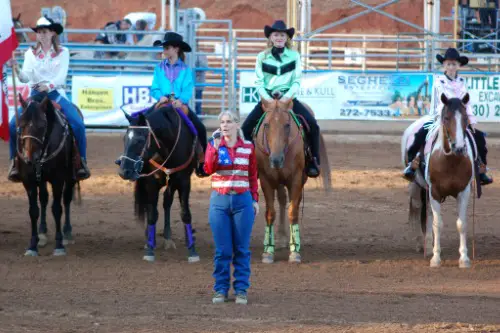
Rodeos are the heartbeat of the cowboy lifestyle, drawing thousands of spectators each year, The Guardian reports. Events like bull riding, calf roping, and barrel racing highlight the grit and skill required to be a cowboy. Cities like Cheyenne, Wyoming, host some of the largest and most famous rodeos, where competitors and spectators alike embrace western culture. These events not only celebrate cowboy traditions but also provide modern-day cowboys a platform to showcase their talents.
The rodeo industry has evolved, with an increasing focus on safety and professionalism. However, it still maintains the traditional cowboy values of hard work, resilience, and respect for the animals. Many rodeos also honor the rich history of ranching and Western lifestyle with parades, cowboy poetry, and music. This continued popularity shows that, for many, rodeos are more than just sports—they’re a way of life.
3. The Cowboy Way Lives On in Modern Ranching
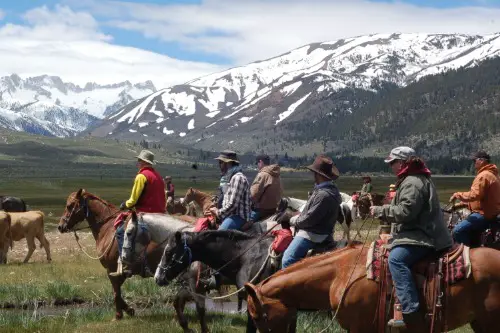
Ranching remains one of the most iconic aspects of cowboy life, with cattlemen and women still working the land across the U.S. The cowboy’s role in managing livestock, maintaining fences, and driving cattle across vast ranches hasn’t changed all that much, according to The Guardian. Ranching operations in states like Texas, Montana, and Wyoming are still reliant on hardworking cowboys to manage their herds and keep the operation running smoothly. These ranches also continue to be family-run, with generations of cowboys passing down their knowledge and skills.
In addition to traditional cattle ranching, many modern cowboys are embracing sustainable practices. There’s a growing emphasis on land conservation, wildlife management, and environmentally-friendly ranching techniques. Technology is now part of the modern cowboy toolkit, with GPS and drones helping manage cattle more efficiently. Still, the cowboy’s respect for the land and livestock remains deeply rooted in tradition.
4. Western Fashion is More Popular Than Ever
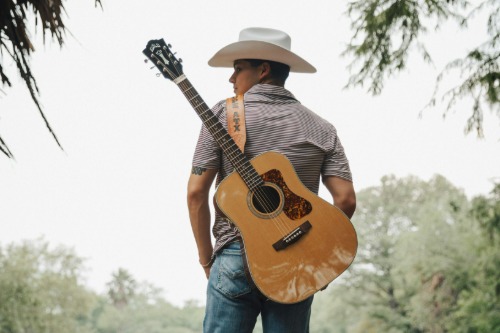
Cowboy hats, boots, and denim are more than just symbols of the West—they’ve become globally recognized fashion statements. The influence of Western fashion has expanded beyond the ranch and the rodeo arena to major cities and fashion runways. Brands like Wrangler and Stetson continue to thrive, with people across the country incorporating cowboy styles into their everyday wardrobes, according to Vogue. Even Hollywood celebrities and musicians regularly rock cowboy-inspired looks, keeping the Western aesthetic alive in mainstream culture.
Beyond the runway, Western wear still plays a functional role for many in rural America. Cowboy boots and hats are essential for anyone working outdoors, offering protection from the elements and injuries. These pieces are just as practical as they are stylish, ensuring that the cowboy fashion legacy endures. Whether for work or fashion, Western wear is still an integral part of the cowboy lifestyle.
5. Cowboy Values Live On in Modern Day Heroes
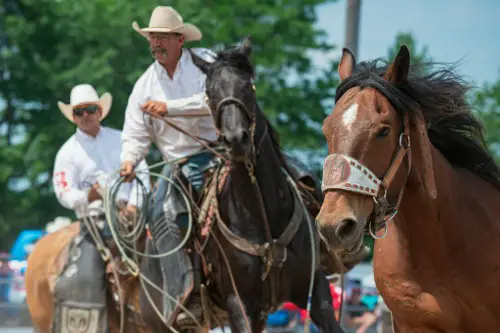
Cowboys were traditionally known for their toughness, independence, and a sense of duty to their communities. These same values are still alive today, with modern cowboys, ranchers, and rodeo competitors embodying them. Many of today’s cowboys, though they may not live in the Old West, continue to focus on integrity, loyalty, and hard work in their everyday lives. This dedication to their values makes the cowboy ethos a lasting influence on American culture.
In addition, many rural communities continue to rely on the self-sufficiency and problem-solving skills that cowboys mastered long ago. Whether it’s managing a ranch or running a small business in the countryside, the cowboy’s ability to work independently and think on his feet is highly valued. The sense of community and willingness to help others remains central to the cowboy identity. These qualities continue to make modern cowboys integral parts of American life.
6. Cowboy Festivals Bring the West to Life

Across the U.S., cowboy festivals are a staple of rural culture and provide an opportunity to celebrate Western traditions. Festivals like the National Cowboy Poetry Gathering in Elko, Nevada, allow people to connect with cowboy poetry, storytelling, and music. These festivals attract people from all walks of life who want to experience and preserve cowboy heritage. With rodeos, food, music, and art, these events offer a full experience of cowboy culture that is rooted in the past but fully alive in the present.
Beyond the nostalgia, these festivals also help support local economies by drawing tourism to rural areas. They bring attention to the cowboy’s legacy and allow communities to showcase their agricultural products, crafts, and historical landmarks. These gatherings keep the cowboy spirit thriving, and many participants feel that they’re contributing to preserving an important piece of American history. For many, it’s an immersive reminder that the cowboy lifestyle isn’t just a thing of the past—it’s a vibrant part of today’s culture.
7. Cowboy Cuisine Still Satisfies
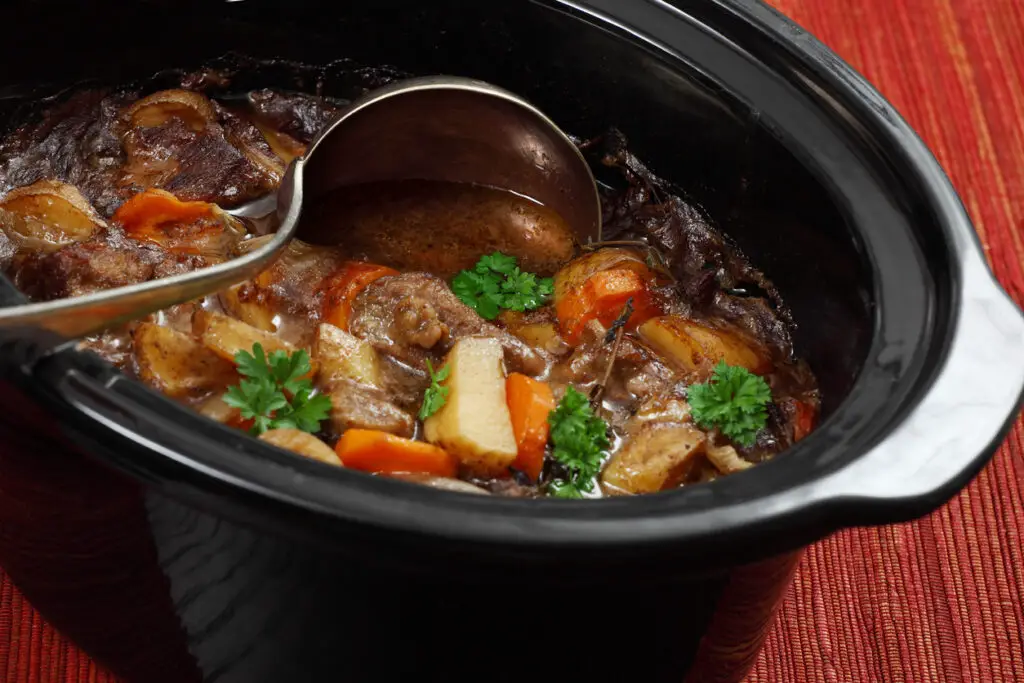
The food that cowboys enjoyed on cattle drives and ranches is still part of American culinary culture today. Dishes like chili, cornbread, and beef stew have been passed down through generations, often cooked over an open fire. The simple, hearty meals were designed to fuel cowboys during long days on the trail, and they continue to satisfy appetites today. Many restaurants in the West still serve up these traditional dishes, offering a taste of cowboy life to customers from all over the world.
Western-style barbecue has also gained widespread popularity, with pitmasters across the U.S. cooking up smoky, tender cuts of beef and pork. Barbecue festivals, like the annual one in Kansas City, celebrate the cowboy’s knack for cooking over an open flame. These meals, much like the cowboys who once cooked them, remain an important part of the American culinary identity. The cowboy’s love for food that’s simple, flavorful, and filling is as relevant as ever.
8. Cowboy Movies and TV Shows Keep the Legend Alive
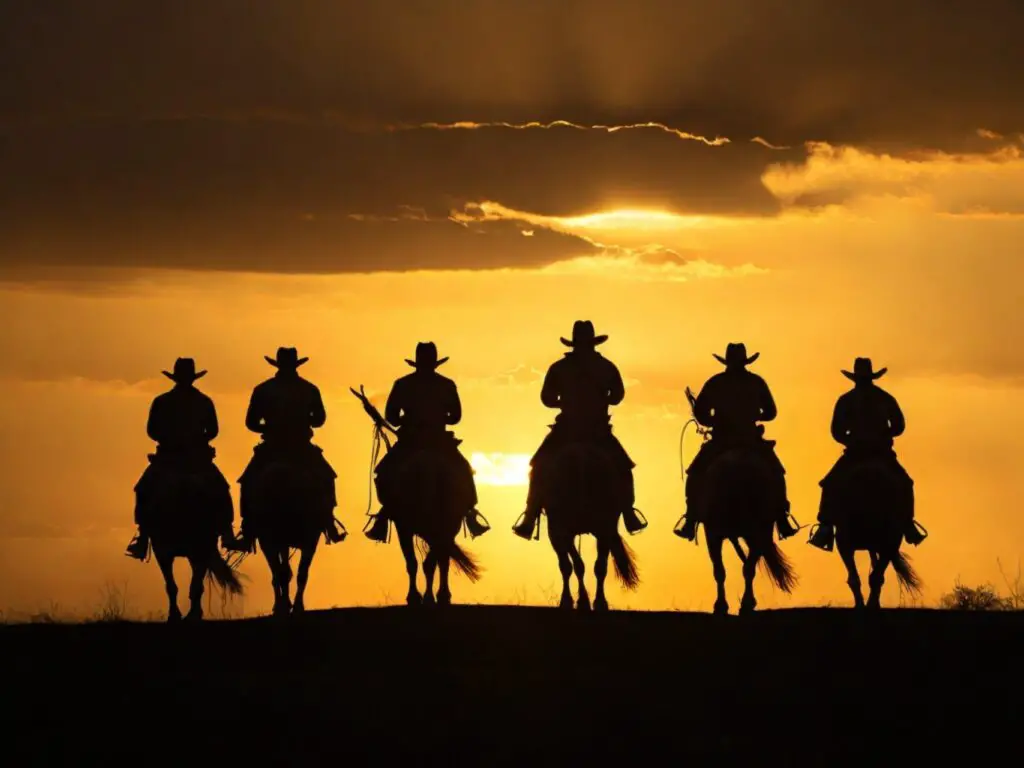
Western movies and TV shows are still deeply ingrained in popular culture, helping maintain the cowboy mythos. Classic films like Shane and The Good, the Bad and the Ugly and more recent shows like Yellowstone keep the spirit of the cowboy alive on the screen. These stories of outlaws, lawmen, and ranchers resonate with audiences who are drawn to tales of frontier justice, rugged landscapes, and personal honor. Through film and television, the cowboy continues to symbolize values that many find admirable and enduring.
The legacy of the cowboy hero is particularly strong in TV shows like Yellowstone, which has revitalized interest in ranching and cowboy life. The characters portrayed are modern-day cowboys facing the same struggles of land ownership, family, and survival that their ancestors did. These shows keep cowboy culture relevant, introducing younger generations to a lifestyle that’s both nostalgic and contemporary. For many, it’s an ongoing celebration of the American West’s enduring allure.
9. Cowboy Gear Is a Sign of Practicality
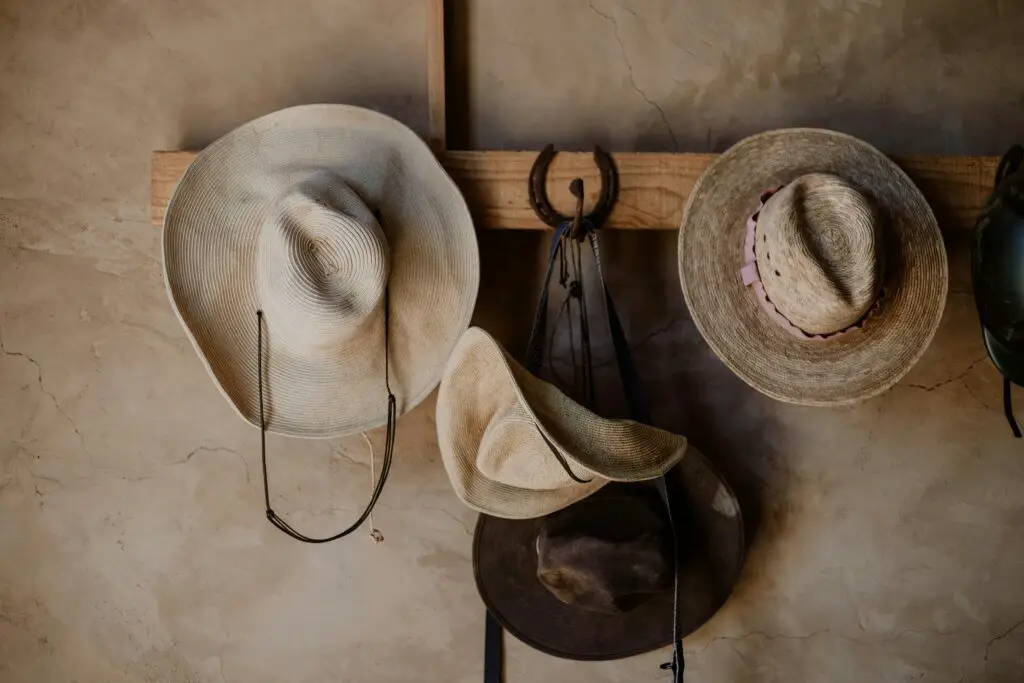
Cowboys were known for wearing practical clothing, designed for long days in the saddle and rugged outdoor work. This practical approach to gear hasn’t gone out of style—cowboy boots, hats, and jeans remain a staple for those who live and work in rural America. Modern cowboys, as well as urban dwellers, continue to embrace the comfort and durability of cowboy gear. The practicality of these items is evident in the fact that they are designed to stand up to tough environments and long hours.
Additionally, the cowboy’s connection to their gear reflects their identity and profession. Custom-made boots, sturdy leather belts, and hats that shield from the sun all serve a functional purpose while conveying a sense of pride in one’s work. For many, these pieces of gear carry personal meaning, signifying their connection to the Western lifestyle. Cowboy gear continues to be a symbol of both resilience and tradition.
10. Cowboy Collectibles and Memorabilia Celebrate the Legacy
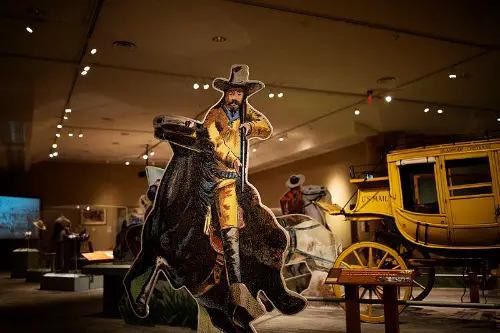
From antique spurs to vintage saddles, cowboy memorabilia has become a thriving market for collectors. People who appreciate the cowboy lifestyle often seek out these items to honor the past and celebrate the West. Western art, photography, and books also help tell the stories of cowboys who lived before us. This growing interest in cowboy artifacts ensures that future generations will learn about and appreciate the rich history of this iconic American figure.
Museums dedicated to cowboy history, like the National Cowboy & Western Heritage Museum in Oklahoma City, help preserve this legacy. They provide visitors with a chance to step back in time and experience the culture firsthand through exhibits, artwork, and live demonstrations. Collectors, historians, and even tourists contribute to keeping the memory of the cowboy alive. These artifacts and museums continue to play a crucial role in telling the story of the American cowboy.
11. Western Sports Still Draw Crowds
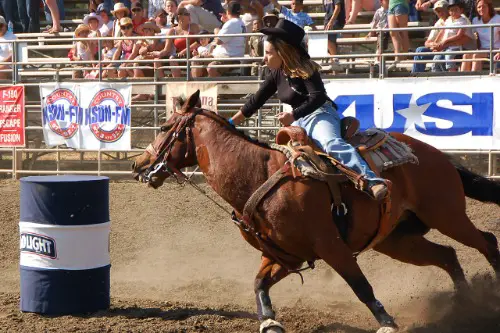
Alongside traditional rodeos, other cowboy-inspired sports are thriving. For example, team roping and steer wrestling remain integral parts of Western competitions. These sports are showcased at various events and festivals, attracting competitors and fans from across the nation. Though the cowboy lifestyle has evolved, the sports that highlight cowboy skills remain just as exciting and relevant as they were in the past.
The rise of the Professional Rodeo Cowboys Association (PRCA) has also helped elevate the prestige of these sports. They continue to draw top-tier athletes who compete in arenas across the country, combining skill with showmanship. These events bring together communities, preserving not just the cowboy spirit but also offering a platform for the best of Western athletics. It’s a modern evolution of cowboy culture that’s attracting new generations of fans.
12. Cowboy Heritage is Honored in Annual Events

In many small towns across the U.S., annual cowboy-themed events help keep the culture alive. Whether it’s a cowboy ball, cattle drive reenactment, or a small-town rodeo, these celebrations bring the community together. These events often involve local cowboys, ranchers, and families who come together to honor their shared heritage. The sense of pride in the cowboy way of life is palpable, and many of these traditions have been passed down through generations.
Moreover, these gatherings often serve as a reminder of the cowboy’s role in shaping the American identity. While some of the traditions may be more symbolic today, the spirit of the cowboy lives on in the faces of those who continue to gather to celebrate it. These annual events help keep the cowboy legacy strong and ensure it’s not forgotten. The continued enthusiasm for cowboy gatherings ensures that this lifestyle remains an important part of U.S. culture.


